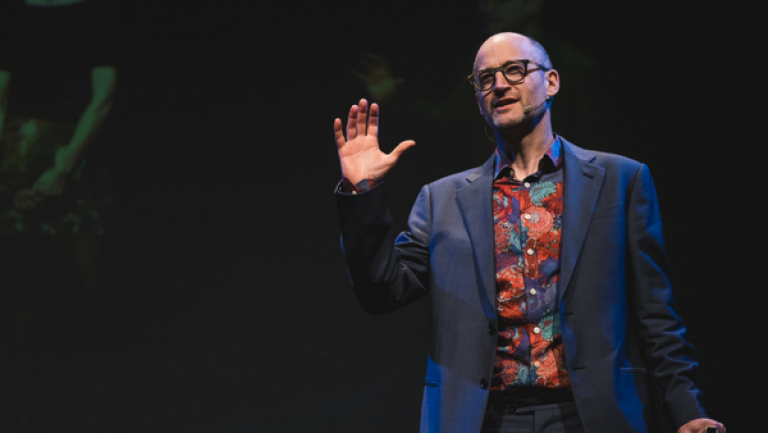Professor of Materials and Society Mark Miodownik Co-chairs Royal Society Report
5 March 2021
Shape-shifting, self-healing, autonomous materials could help build a sustainable future, says Royal Society report.

Imagine concrete bridges that can heal cracks without human intervention, or tiny machines that can be injected into the body to treat disease.
These are just two applications for a category of smart materials that change and adapt to their environment.
Inspired by living things, they have the potential to transform the way we live, according to a new report.
But they might also need regulation to avoid unintended consequences, says the document from the UK’s Royal Society. The report is co-chaired by Professor Mark Miodownik, UCL MechEng Professor of Materials & Society.
Some “animate” materials are already here: self-repairing paint and concrete that can patch itself up have made it into commercial products. But more applications are on their way.
“This is a really important century for us. We are going from an inanimate view of materials, where we make them, they are sophisticated but they fall apart and then we replace them, to a more biological view of the stuff we are going to make,” said Professor Mark Miodownik. “Bridges in the future are going to know they are damaged and then they are going to be able to do something about it.”
Other applications of self-healing materials are in phone screens that can repair themselves when cracked, and electronics that grow back damaged circuits, restoring function.
“The question in my view is not, if it’s going to happen, it is when it’s going to happen. The question is, is this report premature? I don’t think it is,” said Professor Miodownik. “You see lots of little bits of it happening. So, now is the time to get the scientific community together to say: ‘This is where we’re going, so now let’s change our mode of working’. At the moment it is very disparate, with pockets of work all over the place, not talking to each other and without a common aim.”
 Close
Close

